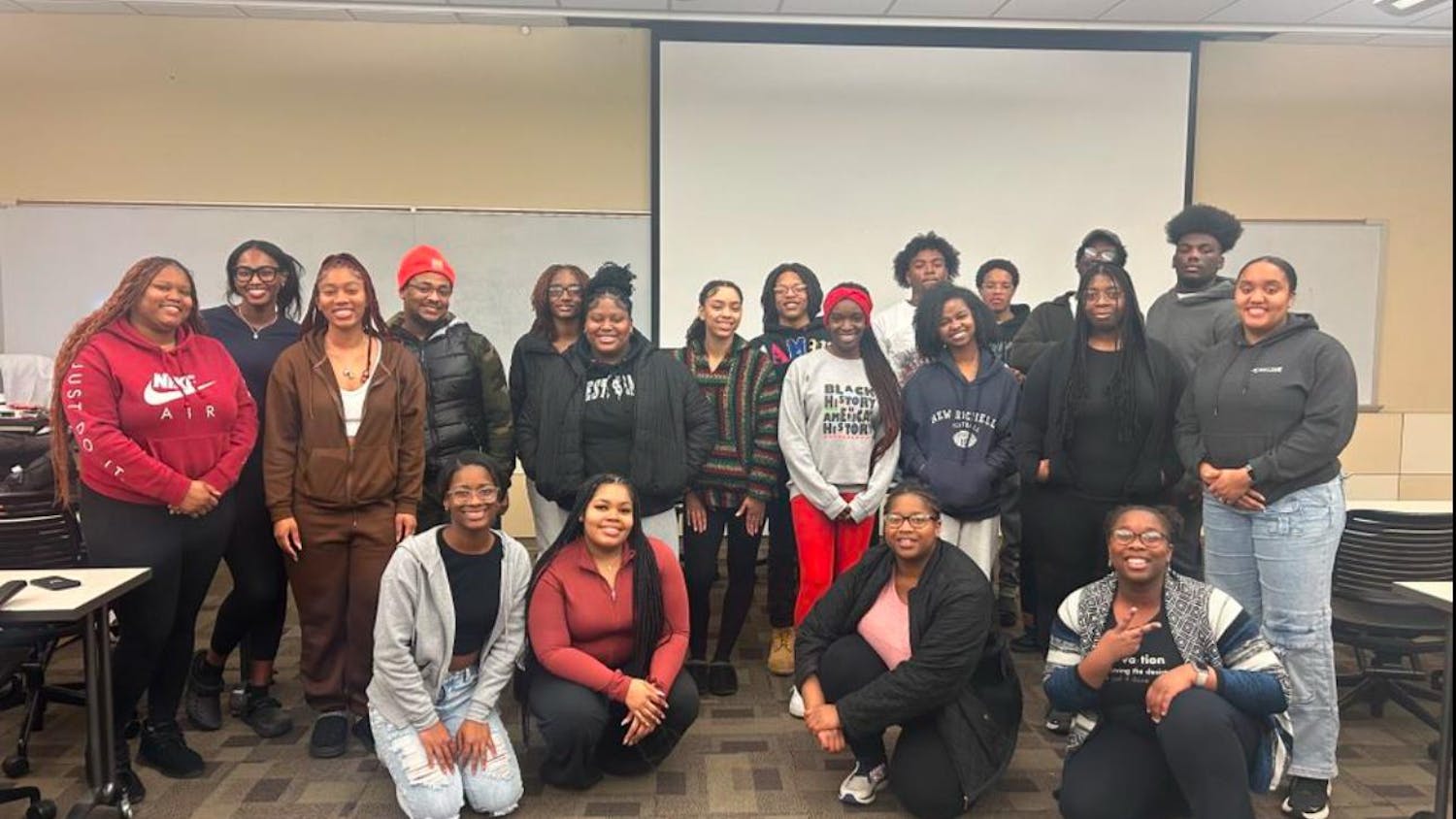WSU Student Union | Photo by Grace Ramsdell | The Wright State Guardian
With record numbers of active coronavirus cases spiking across the state, Wright State University’s (WSU) coronavirus dashboard has left some students scratching their heads when trying to analyze the data.
Since the beginning of the global coronavirus pandemic in March, WSU has proactively taken steps to keep the health and safety of students, faculty and staff a top priority.
One of the first measures taken was the creation of a coronavirus dashboard on the university's website which details the number of self-reported cases, as well as the number of confirmed cases across both Dayton and Lake campuses.
While the initiative to update students and faculty on such numbers is important, some students are struggling to understand what the numbers really mean.
“The dashboard really doesn’t make sense to me,” said WSU student Peyton Hoff. “I feel like the numbers should be higher, and I really don’t know the difference between a self-reported case and a confirmed case.”
What is the difference?

“Self-reported cases are those where a student or employee completes the Environmental Health and Safety (EHS) Incident Report Form to indicate that they have received notification of a positive test,” said EHS Director Dr. Marjorie Markopoulos. “It is possible that a person in a supervisory role may complete the EHS Incident Report Form for another person if the person is unavailable to complete the form themselves.”
While self-reported cases are those in which a student or employee completes the EHS Incident Report form, confirmed cases are a little different.
“Confirmed cases are those reported by the Public Health Department,” Dr. Markopoulos said.
Anticipated spikes in cases
With Thanksgiving and Christmas right around the corner, public health officials and members of WSU’s EHS team are anticipating a surge in active cases due to increased rates of travel as well as interactions among family members.
“The University is anticipating that the cases reported to EHS will likely correspond with the trends found in our local communities,” said Dr. Markopoulos. “This is why it is so important to continue to practice all of the preventative measures to protect ourselves while we continue our activities within and outside the university settings.”
WSU graduate student Rachel Newman says that she is taking extra precautions while attending family festivities this holiday season.
“As much as wearing a mask can be annoying at times, I understand the scope of the problem,” Newman said. “It’s a simple task that really does have a huge impact on our families and communities. Anything you can do to protect yourself and those around you needs to be taken seriously and not forgotten.”
Out of the 88 total counties in Ohio, there are currently 56 counties that are listed as “red”, meaning citizens residing in those counties are subject to very high exposure and spread rates. This amounts to 86% of the entire state classified at very high risk.
Both of WSU’s Dayton and Lake campuses are listed under red counties.
To stay up-to-date on all coronavirus news at Wright State, visit: https://www.wright.edu/coronavirus
Coronavirus information for the entire state of Ohio may be found here: https://coronavirus.ohio.gov/wps/portal/gov/covid-19/dashboards/overview












